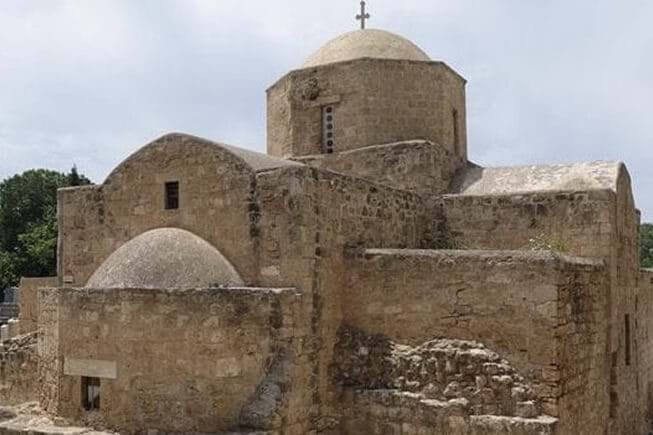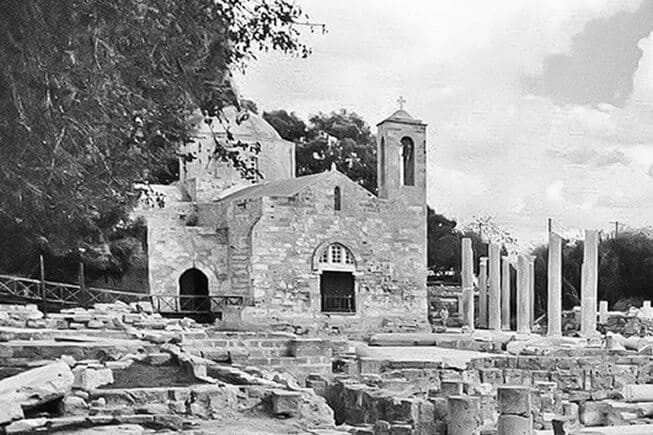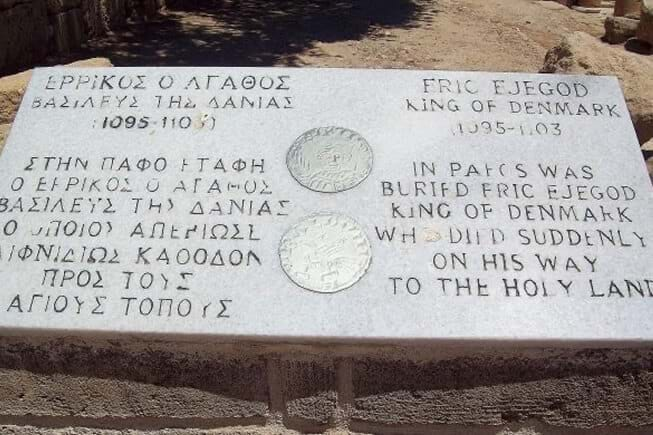Why was the King of Denmark buried in Pafos? The story points to the role the city played in medieval pilgrimages. He was known as King Eric the Good, in part because he delivered the Danes from famine, but also because he liked to have a good time. The latter quality would set in motion the sequence of events that led to his demise. While hosting a feast, the king became bewitched by music and drunk with spirits and killed four of his guests. After regaining his composure, the king paid a fine for his crime, but he also vowed to seek repentance through a pilgrimage to the Holy Land. The trip had recently become viable following the success of the First Crusade in securing Jerusalem. He and his queen left Denmark in 1103, passing through Russia before sailing on the Black Sea to the Bosphorus and Constantinople. There, he acquired holy relics which he sent back to Denmark—but he also acquired an illness. Nevertheless, he continued his pilgrimage. Making the routine stop at Pafos, the king was overwhelmed by fever and died. His queen ordered him buried here. Although the exact location of his grave is unknown, historians suspect that it would have been near the early Christian basilica called Chrysopolitissa. The archaeological site has a contemporary marker commemorating the king, and its street is named in his honour. As for the queen, she completed the pilgrimage—but also succumbed. She is buried on the Mount of Olives in Jerusalem.



